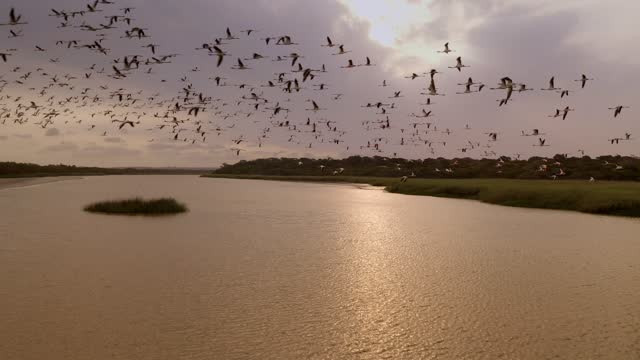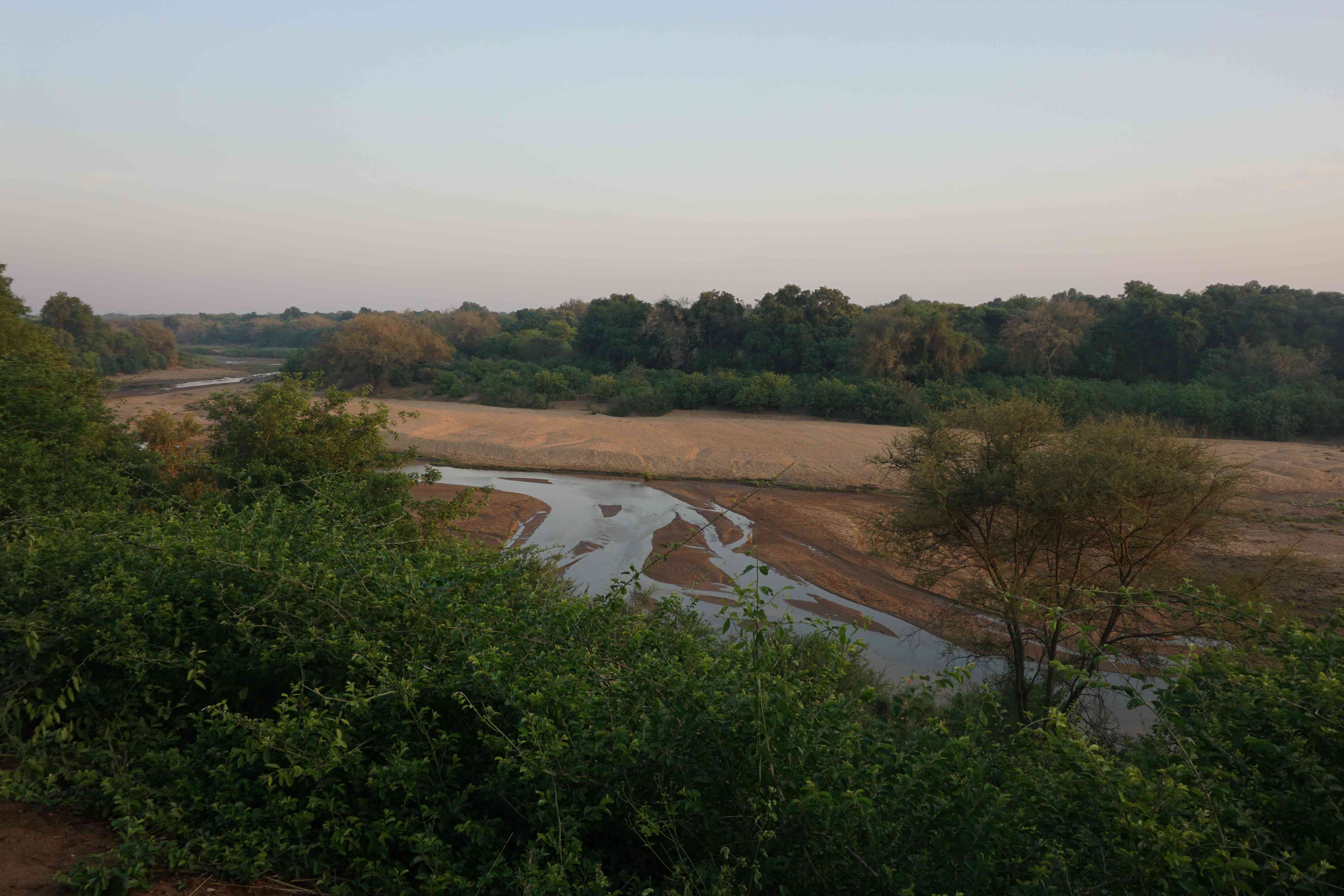
ACROSS Africa, the skies, savannas, and forests that were once dominated by majestic birds of prey are now witnessing a sobering reality of population decline and potential extinction.
New study findings, published in the Nature Ecology and Evolution journal, have brought to light the harsh reality facing Africa’s birds of prey.Human encroachment on their habitats, the steady depletion of vital sources of food, and relentless persecution by bulging populations are pushing many of these iconic species to the brink of extinction.
The findings of this study are both compelling and distressing. Among the 42 species of African birds of prey investigated, a staggering 88%, or 37 species, have experienced a decline in their populations.
Further, 69%, or 29 species, have seen their numbers drop at rates exceeding 30% over three generation lengths — a standard set by the International Union for Conservation of Nature (IUCN) to identify species at high risk of extinction.
“Large raptors had experienced significantly steeper declines than smaller species, and this disparity was more pronounced on unprotected land. Declines were greater in West Africa than elsewhere,” the study noted in part.
The study highlights a critical connection between the decline in bird of prey populations and their dependence on protected areas.Species experiencing the most severe declines have shown an increasing reliance on Africa’s protected zones, emphasising the urgency to expand conservation areas across the continent.
This call to action aligns with global conservation goals, notably the commitment to cover 30% of land with protected areas by 2030, a target that was set at the UN Convention on Biological Diversity COP15.
This ambitious objective recognises the pivotal role that safeguarded habitats play in preserving biodiversity and preventing the further deterioration of vulnerable species like Africa’s birds of prey.
- Inside sport: Is Dynamos a community team?
- Inside sport: Is Dynamos a community team?
- Burkina Faso unrest: Military officers remove leader Damiba
- Foreign-based Imbube singer speaks on solo project
Keep Reading
Within this disheartening scenario, specific species have emerged as particularly vulnerable.Ruppell’s vulture, white-headed vulture, white-backed vulture, and hooded vulture stand at the brink of extinction, and were identified as critically endangered by the research.At the same time, the Steppe eagle, lappet-faced vulture, martial eagle, and bateleur species were marked endangered.
These revelations underline the pressing need for targeted conservation initiatives, focusing on both preserving existing protected areas and expanding the network to ensure the survival of these magnificent birds.
Why population of Africa’s birds of prey is on the declineThe conversion of forests into agricultural land represents the most detrimental human activity posing the biggest risk to Africa’s birds of prey.This stark reality holds even more ominous consequences for African birds of prey, a group characterised by slow breeding and a heightened susceptibility to an array of threats stemming from rapid human population growth, the expansion of farmland, and the resulting habitat fragmentation.
Over the past six decades, the research adds, Africa has witnessed a steady surge in its population, triggering extensive land conversion and degradation of the habitat.This rapid expansion has led to the creation of areas where the cumulative impact of human activities on threatened birds of prey is reaching critical levels.
The combined challenge of population growth, land transformation, and the resulting threats to these species demands a comprehensive and immediate response.The data paints a concerning picture, revealing that Sub-Saharan Africa alone lost almost five million hectares of forest and non-forest natural vegetation annually between 1975 and 2000.
Currently, the region faces the most severe rate of land degradation on a global scale.With Africa’s human population projected to double by 2058, the research says demands for grazing, arable land and energy are expected to rise substantially.These trends will amplify existing pressures on Africa’s protected areas, which currently account for just 14% of its land and inland waters.
Other rising threats to Africa’s birds of prey include depletion of food, persecution by humans, that is, shooting, trapping, poisoning, unintentional poisoning, electrocution as well as collision with energy infrastructure besides hunting them down by humans for food and “belief-based uses”.
“These pressures are typically more acute within unprotected land and have probably impacted larger raptor species more severely, reflecting global patterns of extinction risk among terrestrial mammalian predators.”
The study warned that the ongoing decline of Africa’s birds of prey portends serious consequences beyond the affected species and could potentially set off cascading effects among their prey populations and the balance of ecosystems.
Within their habitats, Africa’s birds of prey play a crucial role in supporting ecosystems by swiftly removing carcasses.This action eliminates or restricts the likelihood of zoonotic diseases being transmitted to humans, underscoring the interconnected relationship between the well-being of these birds and the health of the broader ecosystem.
Protecting Africa’s birds of preyAccording to the study, the future of Africa’s birds of prey hinges on implementing robust legislation for species protection, better management of protected areas, and strengthened collaboration between government entities and conservation stakeholders.
Additionally, the research underscored the need for innovative economic incentives to counteract the persecution of these species.The study outlines specific measures that can be adopted to address these challenges.These include safeguarding nesting trees and cliffs, adopting bio-pesticides for effective locust control, improving the management of Quelea control operations, and enhancing policymakers’ understanding of the corridors and habitats crucial for migrating birds of prey.
When implemented collectively, these targeted initiatives can contribute significantly to the conservation and protection of Africa’s birds of prey and help check their decline into extinction.
“Mitigation is urgently required to end the extensive mortality caused by powerlines and windfarms, particularly along migratory flyways. Innovation is needed to reduce mortalities caused by lethal pole and turbine designs, and better enforcement of regulations is required to prevent energy infrastructure from being built within protected and sensitive areas,” notes the report.
How the study was carried outThe researchers investigated changes in encounter rates, measured as individuals recorded per 100km, analysing 42 species dependent on Africa’s savanna habitats.To discern the rates of change, the study amalgamated published and unpublished road transect data.
These datasets spanned surveys conducted during two crucial periods: 1969-1995 and 2000-2020.The geographical scope of the research covered West Africa, including Burkina Faso, Niger, and Mali; Central Africa, mainly northern Cameroon; East Africa, focusing on Kenya; and southern Africa, with a specific emphasis on northern Botswana.
This pooling of data has yielded unparalleled insights into the trends in the abundance of Africa’s birds of prey, enabling the identification of species whose cumulative decline estimates surpass the thresholds defining their current threat status as per the IUCN.
The significance of this research lies in its ability to unveil critical patterns and provide an understanding of the status of large birds of prey across diverse African regions.By integrating data from multiple sources and conducting analyses over distinct time frames, the study offers a nuanced perspective on the challenges faced by these birds.
The findings contribute to the ongoing discourse on avian conservation and serve as a valuable tool for policymakers, conservationists, and communities to devise targeted strategies to safeguard the vulnerable species identified in the research.










